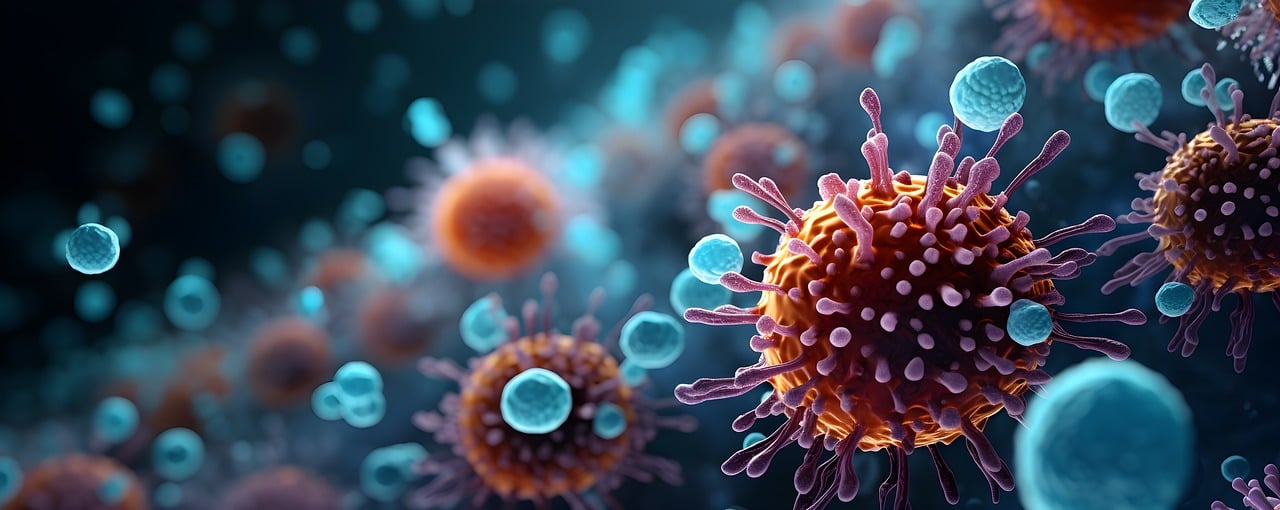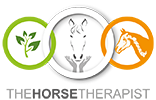Homo Toxicology
Homo toxicology is the study of how toxic substances can influence organisms. In this case our horses!
A body will try and get rid of the toxins itself but if it is not able to do so then chronic diseases can arise. The German homeopath/ doctor Hans-Heinrich Reckeweg is the founder of homo toxicology. His opinion was that antibiotics should only be used with infectious diseases with a chance of the infection being fatal or with the risk of an epidemic danger.
The defence system consists out of the immune system, the defence mechanism of the pituitary gland and the adrenal cortex, the neural reflex defence, the liver ( getting rid of waste ) and the mesenchymal, which is a type of connective tissue.
Reckeweg defined that `health is the ability of the organism to get rid of homo toxins in a natural and effective way`.
There are 6 phases of homo toxicology. The first 3 phases are humoral and in these cases the tissue and organ cells are not yet damaged. So the prognosis for these horses are favorable.
Phase 1; excretion
Excretion via the skin, mucous membranes, lungs, kidneys, stomach, and intestines. In this case it is mostly the mucous membranes that react strongly. So the body needs to get rid of waste. In this case it is important to support the liver, kidneys and lymph system to get rid of the waste. Herbs but also visceral techniques can help.
Phase 2; Inflammation
In this phase there is increased excretion such as pus. But also a fever, pain, itch and other reactions can appear. In this phase you focus on getting rid of the inflammation and after that cleanse the body.
Phase 3; Deposition
In this phase the homotoxins stay in the body and store in fat or lymph ( connective tissue ). In this case you can get vague complaints such as a bad skin/fur, slow growth, fatigue, disturbed metabolism etc.
If you treat a horse with herbs or any other therapy then you should be aware of the fact that the complaints can get worse at first, before they get better. Because the toxins are released. In this phase the horse will need more time to heal. In some cases it can take months up to years. Depending on the situation and how long the horse has been burdened with toxins.
The next 3 phases are Cellular and the homotoxins start to enter the body cells. In these phases chronic and autoimmune diseases evolve. The prognosis in these phases is usually not favorable.

As a cranio sacral therapist and herb and food specialist I look at a horse as an individual and I don’t treat the disease but I treat the being.
The base of naturopathy leads back to the era of Hippocrates. There are 7 starting points which I use as a base myself during treatment.
1 Self-healing:
The body is always busy trying to keep itself healthy and in balance. It strives for homeostasis.
The body is able to heal a wound, to fight of pathogens and recover fractures. This is also called physis.
2 Health promotion:
A healthy body has the vitality and flexibility to adjust to changes in its environment. That is why I focus on the self-ability to heal and promote health instead of focussing on fighting the disease.
3 Dyscrasia & detoxification:
Most diseases arise due to the build-up of waste and toxins. The cause is mostly found in the wrong and unnatural nutrition, lack of exercise, incorrect posture, psychological tension (stress), chemical exposure, etc.
When we talk about toxins we talk about endogenic and exogenic toxins. So toxins from outside of the body and toxins that arise inside of the body due to a disturbed metabolism.
A body can respond to healing itself for example by getting a fever or enhance excretion. The body does this to heal and overcome illness. But nowadays the conventional medicine supresses these reactions. Because of this the waste and toxins that want to come out of the body will be stored deep in the body. And this has several consequences.
4 Minimal intervention:
Treatment should never harm the body. So in order to help the body to heal we only give a small therapeutic stimulus to achieve the desired effect.
5 Holism:
When treating the horse we treat the whole being. So we treat the body, spirit and organs and we try and balance the horse physically, mentally and energetically. When these are all in balance then the horse is healthy.
6 constitutional treatment:
For example, when you have 10 horses with arthritis then they will all have their individual treatment plan. Every animal has its own needs, predisposition, environmental conditions, etc.
7 working together with the owner
The owners responsibility and self-activity with regards to the animals health are central and at heart. We share our knowledge and experience and the owner decides what to do with this information.

